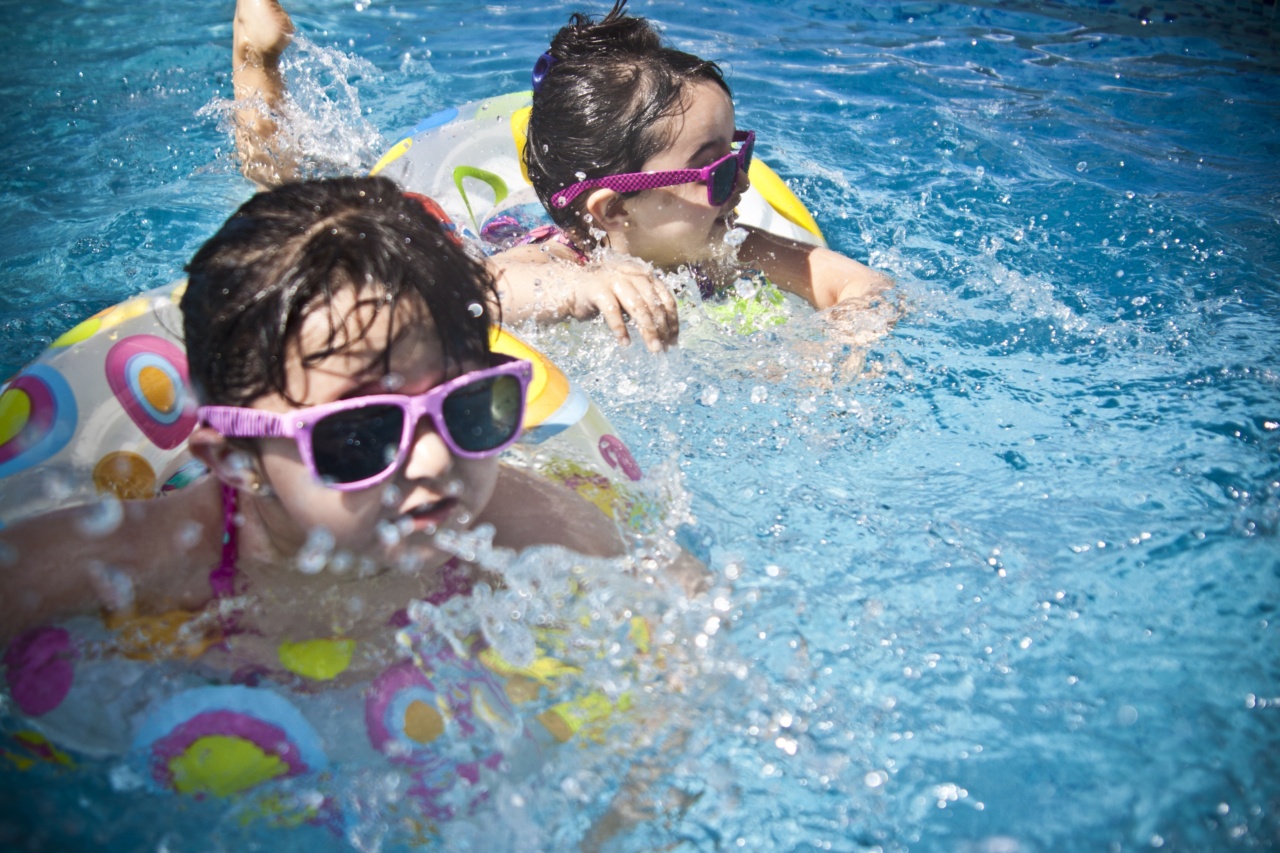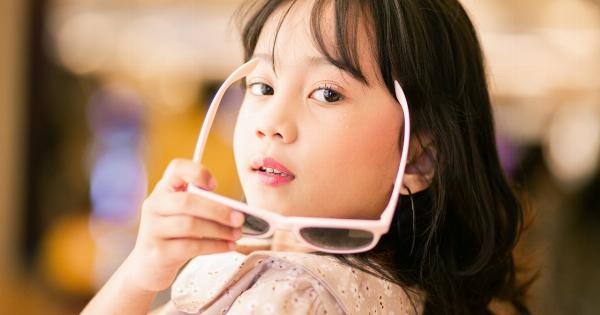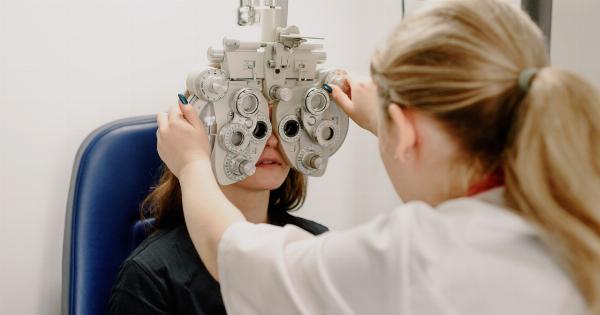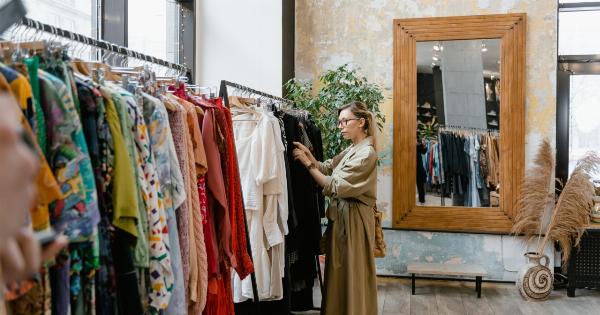Sunglasses are not just an accessory for adults but also important for kids to protect their eyes against harmful UV rays. UV rays can cause eye damage, cataracts, and even skin cancer.
But when it comes to buying sunglasses for your child, there are several things to consider to ensure they are safe, durable, and comfortable.
1. Look for 100% UV Protection
The most important thing to consider when buying sunglasses for your child is the level of UVA and UVB protection they provide.
Always choose sunglasses that block 100% of UV rays, as they are the most effective in protecting your child’s eyes from the sun’s harmful rays. Check the label on the sunglasses for the level of protection they provide.
2. Size and Fit
Another important thing to consider when buying sunglasses for your child is the size and fit. Sunglasses that are too tight can cause discomfort and can even leave a mark on their nose.
On the other hand, sunglasses that are too loose can easily fall off and may not provide adequate protection. Choose sunglasses that fit snugly but comfortably on your child’s face so that they can wear them for extended periods without any discomfort.
3. Durability
Children can be rough on their belongings, so it’s essential to select sunglasses that are durable and can withstand abuse. Look for frames made of sturdy materials such as polycarbonate or nylon, which are both lightweight and durable.
Avoid glasses with metal frames that can easily bend and break.
4. Lens Color
While the color of the lenses may not affect the level of UV protection, it can influence how well your child sees in bright sunlight. Gray, green, and brown lenses are ideal for bright light conditions, while yellow lenses are best for low light.
Avoid lenses that are too dark or too light as they may cause eye strain and discomfort.
5. Safety Standards
When buying sunglasses for your child, check whether they comply with safety standards.
Look for sunglasses that meet the American National Standards Institute (ANSI) and the EU standard for sunglasses (EN 1836:2005), which ensures the sunglasses block out 100% of UVA and UVB rays.
6. Style and Preference
While the function and safety of sunglasses should always be a top priority, style and preference can also play a significant role in the purchase decision. Let your child choose the sunglasses they like, as this can encourage them to wear the glasses.
While you want to select sunglasses that meet the above criteria, it’s also important that your child feels good wearing them.
7. Anti-Glare Coating
An anti-glare coating can reduce the glare from sunlight on the lenses, making it easier to see in bright light conditions. This can be an added safety feature, especially when your child is playing sports outdoors.
8. Price
Sunglasses for children come at a wide range of prices, from the more affordable to the very expensive. While it’s important to choose sunglasses that meet the above criteria, it’s also essential to choose within your budget.
Sunglasses for children can be lost, damaged, or even outgrown quickly, so it might be worth investing in a mid-range price point to get the most for your money.
9. Prescription Lenses
If your child has a vision problem and needs prescription lenses, you may be able to purchase sunglasses that have a prescription lens.
This option ensures that your child has the proper vision correction while still protecting their eyes from harmful UV rays. Speak to your optometrist about whether prescription sunglasses are appropriate for your child’s needs.
10. Comfort
The final thing to consider when buying sunglasses for your child is how comfortable they are to wear. Look for sunglasses that have soft pads on the nose and temples to ensure that they do not cause discomfort after wearing them for extended periods.
Conclusion
When buying sunglasses for your child, it’s essential to consider size and fit, lens color, durability, safety standards, style and preference, anti-glare coating, price, prescription lenses, and comfort.
Always look for sunglasses that provide 100% UV protection and meet safety standards to ensure your child’s eyes are protected from harmful UV rays.



























